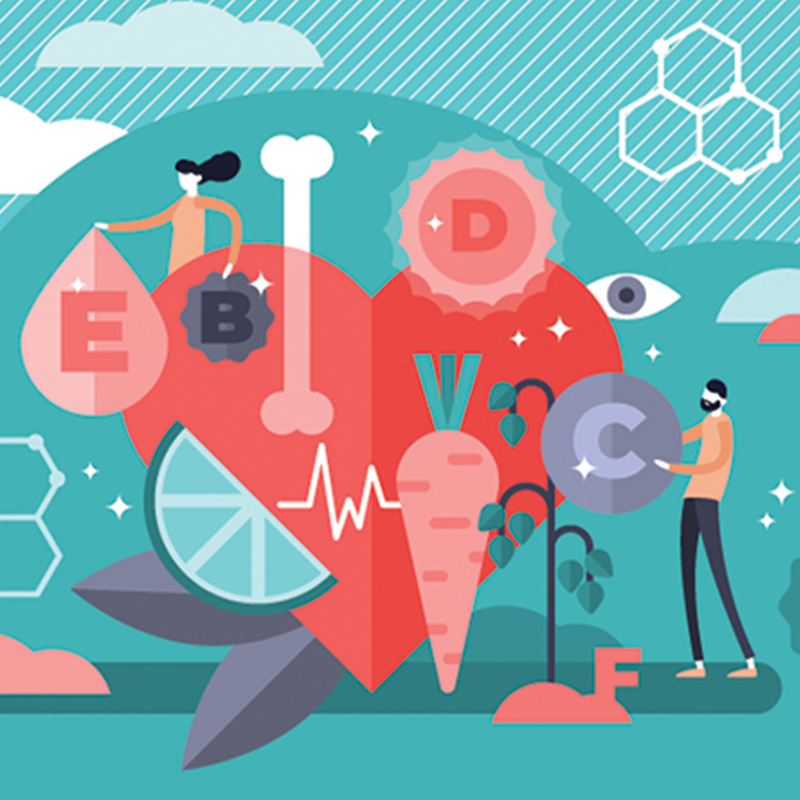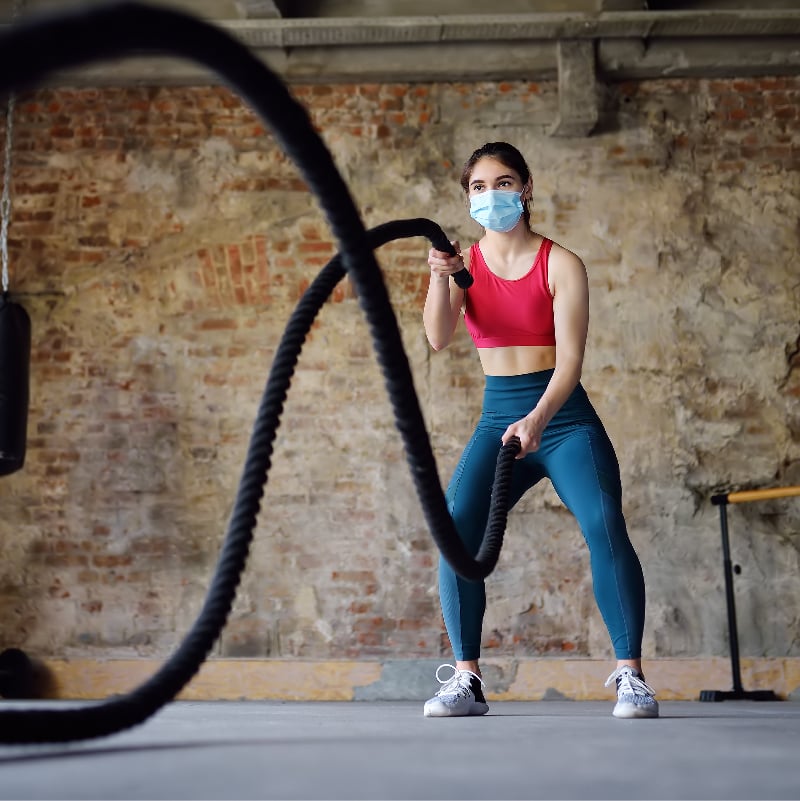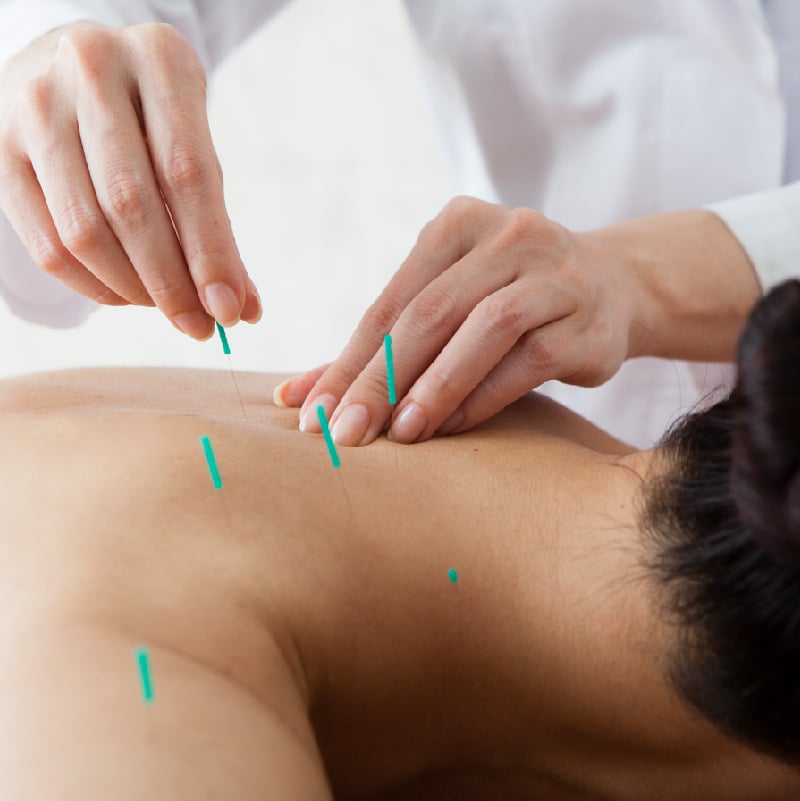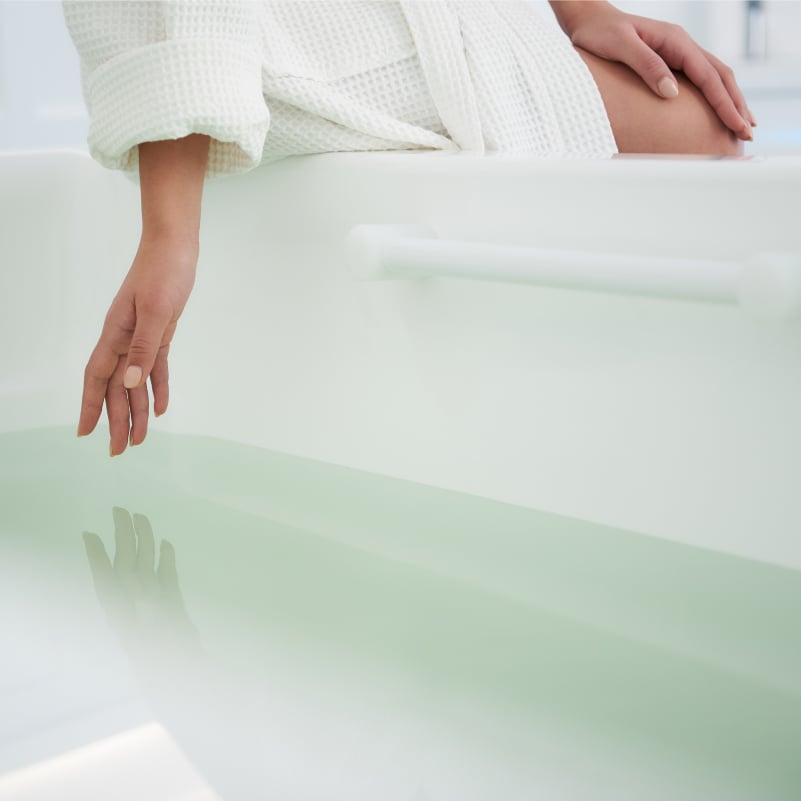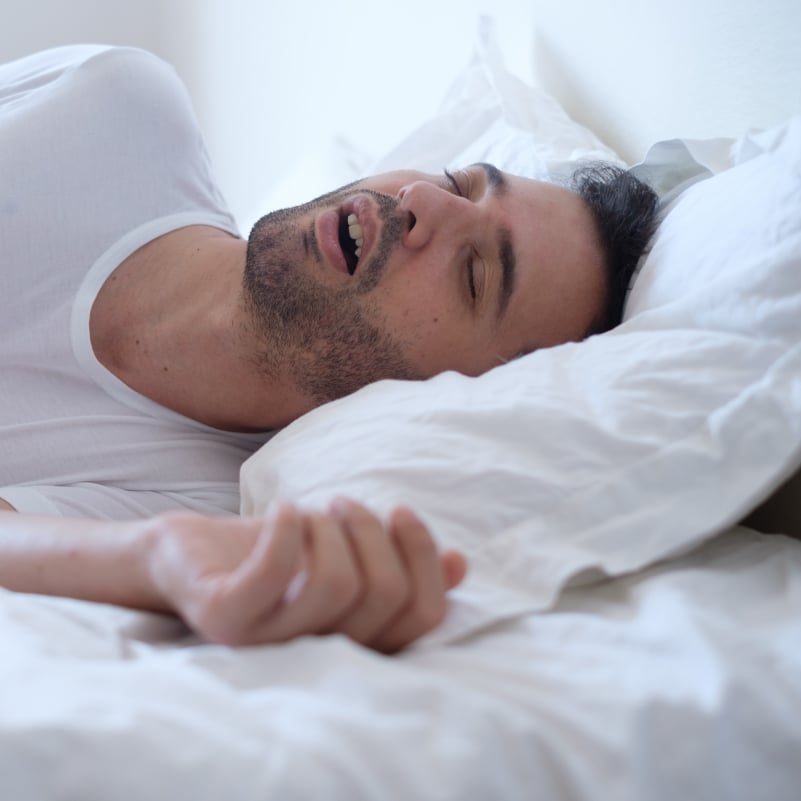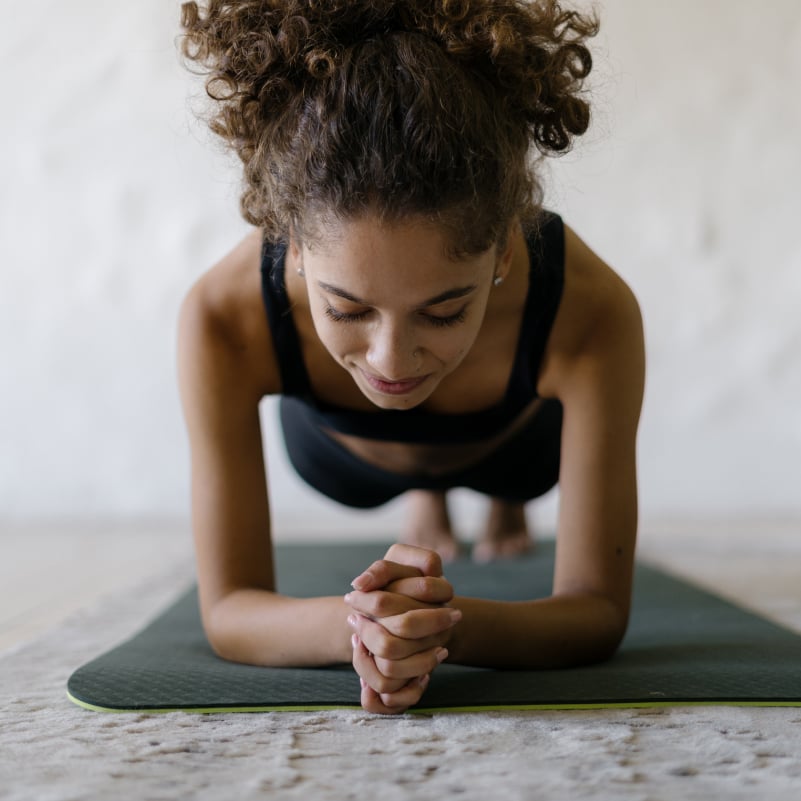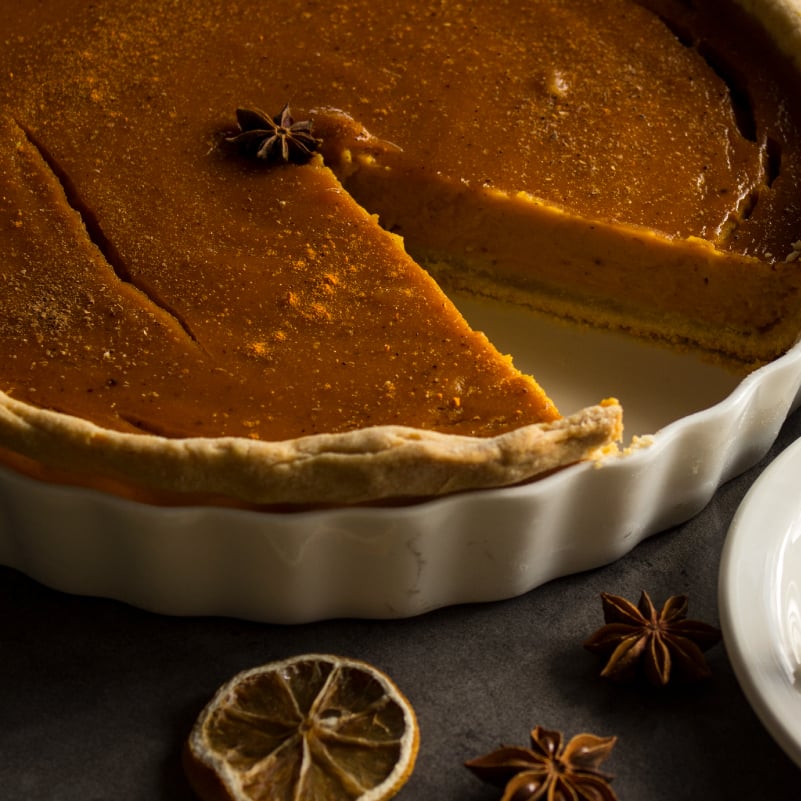Traditional Chinese Medicine (TCM), is one of the oldest medicinal practices, developed more than 4,000 years ago. It is a system of health that includes acupuncture, herbal formulas, Tui Na (a form of medical massage), Gua Sha, moxibustion and cupping. TCM also includes the exercise and breathing techniques known as Tai Qi and Qi Gong within its scope of practice.
TCM differs in that each person is treated as an individual for a holistic approach. Two patients being treated for the same concerns may be treated very differently due to their previous history, individual constitution, and even environmental influences.
Articles describing TCM often refer to terms such as Qi, yin and yang when describing the theory. This can often sound very metaphysical, but the most common intervention used in TCM, acupuncture, causes measurable effects internally, promoting a state of homeostasis (balance) within various organ systems.
“TCM practitioners believe patients heal by regaining balance between internal body organs and the external elements of earth, fire, water, wood and metal,” said Dr. Joanne Wu, MD, a Physical Medicine And Rehabilitation specialist with Rochester Regional Health.
Modern research has demonstrated that acupuncture has the following effects:
- Acupuncture promotes blood flow. This is significant because everything the body needs to heal is in the blood (oxygen, nutrients we absorb from food, immune substances, hormones, analgesics (painkillers) and anti-inflammatories).
- Acupuncture stimulates the body’s built-in healing mechanisms. Acupuncture creates “micro traumas” that stimulate the body’s ability to spontaneously heal injuries to the tissue through nervous, immune and endocrine system activation.
- Acupuncture releases natural painkillers. Endorphins, Norepinephrine and Enkephalin are released
- Acupuncture reduces both the intensity and perception of chronic pain.
- Acupuncture relaxes shortened muscles. This in turn releases pressure on joint structures and nerves, and promotes blood flow.
- Acupuncture reduces stress. Stimulates the parasympathetic nervous system.
Traditional Chinese Medicine services in the Finger Lakes
In 1850, Clifton Springs Hospital & Clinic was established as one of the first water cure destinations in New York State. Nearly 150 years later, Rochester Regional Health is continuing that tradition on the same property with The Springs, Western New York’s only mineral springs spa.
The Springs provides results-oriented integrative therapies for pain relief, support for patients undergoing treatment for cancer, chronic illness, injury recovery, or simply to provide rest and relaxation from daily stressors.
“The Springs is open to the public, and anyone can make an appointment to soak in the waters, get a massage or acupuncture, or try one of our Ayurvedic bodywork sessions,” said Krista Ingerick, BA, LMT, Spa Operations Manager. “It’s the ideal place to begin exploring holistic treatments.”
TCM services at The Springs
- Acupuncture
- Herbal, Dietary & Lifestyle consultation
- TCM Bodywork including cupping, tuina, moxibustion, and gua sha
The Springs approach considers the full range of physical, emotional, mental, social, and environmental influences that can affect a person’s health. Services are available to anyone in the community.
“We are combining modern, conventional Western medication with Traditional Chinese Medicine therapies like acupuncture and massage,” said Dr. Wu.
For instance, acupuncture at The Springs begins with an extensive consultation - including full medical history - and treatment utilizing the full scope of Traditional Chinese Medicine. This could be a standalone Traditional Chinese Medicine Herbal/Dietary Consult session, or Traditional Chinese Medicine Bodywork, which includes Tuina, Cupping, Moxibustion, or Gua Sha, all of which are done by a trained Traditional Chinse Medicine practitioner.
- Tuina is one of the oldest forms of massage
- Cupping is the application of heated cups on the skin to create suction and increase blood circulation
- Moxibustion, a form of heat therapy, is when dried plant materials ("moxa") are burned on or near the skin
- Gua Sha uses a tool to roll or scrape the skin and increase new oxygenated blood flow

